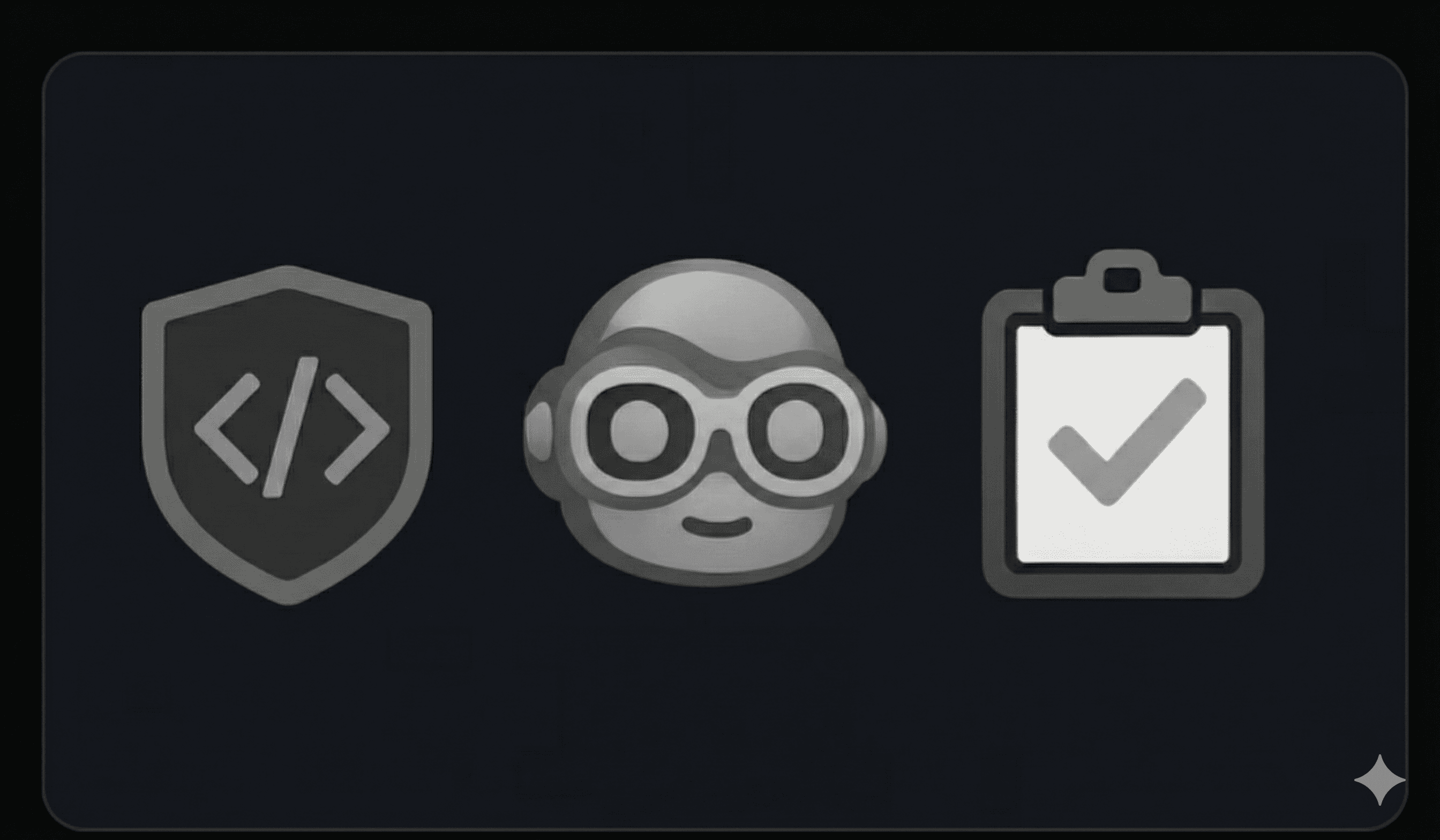Blog
The real problem with AI coding
Tech debt and comprehension debt

Paul Sangle-Ferriere
Oct 30, 2025
The problem with AI coding isn't technical debt. It's comprehension debt.
And most teams don't realize it until it's too late.
Over the past year, I've been building cubic, an AI-powered code review tool. We work with hundreds of engineering teams who are using AI to write code at scale. And I'm seeing a paradox play out across almost every one of them:
The more AI-generated code that lands in their repos, the harder it becomes for human engineers to review and truly understand it, even when it's technically "their own" code.
This isn't a tooling problem. It's a fundamental shift in how code gets written and understood.
The term "comprehension debt" was coined by Jason Gorman, and it perfectly captures what I'm seeing across our customers at cubic.
Why AI-generated code creates comprehension debt
When you write code manually, you build up a clear mental model of the logic and trade-offs as you go. Every line you write, you understand why it exists. You see the edge cases. You know what alternatives you considered and rejected.
When AI writes code for you, that process inverts. You're reverse-engineering someone else's thinking after the fact. It's like trying to learn calculus by reading a textbook instead of solving problems yourself.
You can read the code. You can even understand what it does on a surface level. But you don't have the deep comprehension that comes from building it yourself.
And here's what makes this problem exponentially worse: AI doesn't write a little bit of code. It writes massive amounts of it. A single prompt can generate hundreds of lines. What would have taken a human engineer hours of thoughtful work can land in your codebase in seconds.
That volume amplifies the comprehension problem. You're not just reverse-engineering one function. You're reverse-engineering entire systems.
The moment comprehension debt comes due
Six months later, something breaks in production. Because AI code fails differently.
You try to fix it with AI. But the AI can't figure it out. Doom loops are real. I've seen teams spend hours going in circles with Claude or GPT trying to patch a bug, only to make it worse.
Now you're stuck manually debugging code you never truly understood in the first place.
One team I talked to spent 3 days fixing what should have been a 2-hour problem. They had "saved" time by having AI generate the initial implementation. But when it broke, they lost 70 hours trying to understand code they had never built themselves.
That's comprehension debt compounding. The time you save upfront gets charged back with interest later.
How the best teams avoid comprehension debt
The best teams I've seen solve this problem before any code gets written.
They spend significant time planning with the AI upfront. Not just giving it a prompt and accepting whatever comes back. But going back and forth on the high-level approach. Thinking through edge cases together. Shaping the implementation before a single line gets generated.
When you shape the implementation with the AI, two things happen:
First, the AI writes better code. Because you've given it more context, thought through the edge cases, and guided it toward a cleaner architecture.
But second, and this is more important, the human engineer actually understands the code. Because they shaped it. They made the key decisions. The AI just handled the mechanical work of typing it out.
Then in code review, tools like cubic can catch the mechanical stuff like syntax errors, best practice violations, and security issues. This frees up engineers to focus on what really matters: verifying their understanding of the logic and architecture.
The new bottleneck in engineering velocity
As code generation gets cheaper and accessible to everyone, the bottleneck in software engineering shifts.
It's no longer "Can we write the code?"
Every team can generate thousands of lines of code per day now. That's not the constraint anymore.
The new constraint is: "Can we understand the code we're writing fast enough to keep moving?"
Can you ship AI-generated code without creating a maintenance nightmare six months from now? Can you debug it when it breaks? Can you modify it when requirements change? Can you onboard new engineers to a codebase they didn't write and the AI barely explained?
Most teams haven't realized this shift yet. They're optimizing for code generation speed while comprehension debt silently accumulates in their repos.
The teams that will win
Teams that keep comprehension front-and-center will compound speed without compounding risk.
They'll use AI to write code faster. But they'll invest in understanding what gets written. They'll treat code review as a comprehension verification step, not just a bug-catching exercise. They'll prioritize architecture discussions with AI before implementation. They'll build systems they can maintain, not just ship.
Everyone else will ship faster and faster until they drown in their own codebase.
The technical debt crisis of the 2010s will look quaint compared to the comprehension debt crisis we're heading into. At least with technical debt, someone on your team understood the code when it was written.
With comprehension debt, nobody ever understood it.
—-> Use the best AI code review tool currently available: cubic.
© 2025 cubic. All rights reserved. Terms
